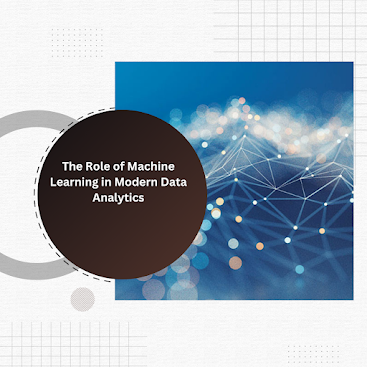Data Structures in Real-World Data Science Applications

In data science, effective data handling is critical for delivering accurate insights. Data structures form the backbone of data processing, storage, and analysis, enabling data scientists to work with complex datasets efficiently. Understanding the appropriate data structures is essential for tackling real-world data science challenges, from managing massive datasets to implementing machine learning algorithms. This guide explores the most widely used data structures in data science, highlighting how they enable practical applications. Introduction to Data Structures in Data Science Data structures are fundamental to organizing, storing, and managing data in a way that allows efficient access and modification. The choice of data structure can drastically influence the performance of data science tasks such as data preprocessing, analysis, and visualization. Data structures are essential in handling diverse data formats, large-scale data processing, and implementing algorithms us...

